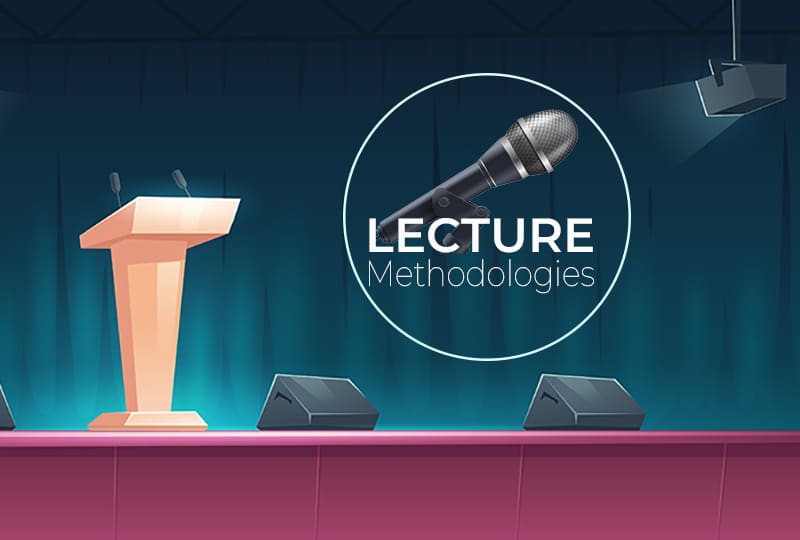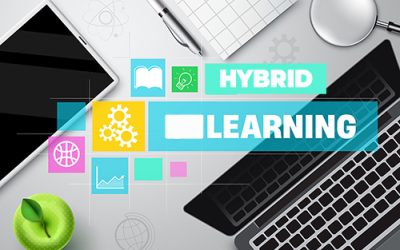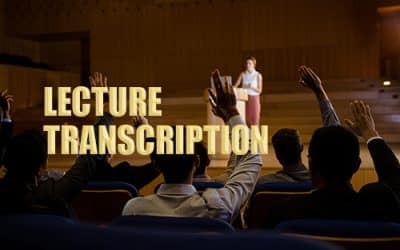
The lecture is a popular teaching method in which the instructor conveys information orally. One of the oldest forms of teaching, lectures can be used to introduce new topics, reemphasize the main points of a lesson, and summarize and review ideas. Lectures are flexible and can be used for both small or large groups and combined with other teaching methods to convey information more effectively. Lecture transcription services help students get the full benefit of lectures.
There are different types of lectures that instructors can use to achieve their teaching objectives. The choice would depend on the nature of the subject and the instructor’s personal preferences.
Different Lecture Methodologies
Let’s take look the different lecture methodologies:
- Formal lecture: In this conventional one-sided communication method, the teacher plays the active role and the students remain passive. Formal lectures are useful to present information to a large audience and are common in higher education. The teacher is experienced, talks on a pre-assigned topic and explains all points. Students take notes and are expected to learn the facts. In a formal lecture, instructors often use practical examples and recent research to help students retain the information better. The main drawback of this method is that opportunities for active student interaction and participation is limited.
- Semi-formal lecture: The semi-formal lecture is most common type. Similar to a formal lecture, the instructor presents a series of events, facts, or principles, and explores a problem or explains relationships. This method differs from the formal lecture in that students can ask questions during and after the presentation.
- Informal lecture: The informal lecture encourages active student participation through the use of questions and reading sessions. During the lecture, the instructor stops frequently to ask or take questions or to tell students to read their material. Students can give their views at the end of the lecture. As it promotes learning in a relaxed atmosphere where students participate actively, the informal lecture is considered an effective two-way communication process that can foster better understanding of the lecture.
- Visual or multimedia lecture: Today, audio-visual aids are considered the most effective way to convey information to people in an engaging and creative manner and help them learn in a better way. There are a wide range of audio-visual lecture tools and techniques to deliver information in classrooms, workshops, seminars, special events, and meetings. In addition to flip charts, overhead transparencies, posters, and visual presentations, using audiovisual software tools such as such as PowerPoint or Prezi can highlight key points of text and provide a holistic understanding of key concepts. Audio-visual material can also make classes more exciting and boost interaction between teachers and students.
The Center for Educational Innovation, University of Minnesota distinguishes two more types of lectures by medium: ‘naked lecture’ and ‘chalk and talk lecture’. In the naked lecture popularized by Jose Bowen (2012), instructors do not use any technology in the classroom or use in only outside the classroom. ‘Teaching naked’, according to ABowen, will improve learning. In the chalk and talk method, the lecturer provides students with live notes on the topic using a visual medium such as a blackboard, whiteboard or smart board. Today, different types of lectures are used across college and university classrooms.
Lecture Method: Advantages and Disadvantages
Lectures offer many benefits for both instructors and students
- Allows a large amount of information to be conveyed in a short period of time
- Can be used for both small and large classes
- Helpful for introducing new knowledge in a manner that is compatible with students’ learning abilities
- Ideal to help students learn terms, basic facts, and simple concepts
- Can be used to supplement other methods of instruction
- Make students feel comfortable, especially those students who have an initial problem with the ‘active’ learning method
- Allows the lecturer to manage the content and pace, which is important for communicating crucial information
However, there are some disadvantages too:
- May offer too much information or irrelevant information, in a short time, making assimilation difficult
- Does not enable personalized instruction
- May not promote higher order of thinking for which open discussions are more effective
- Risks losing students’ attention
- May not help long-term retention of information by the student
- Considers that all students learn at the same pace
- Can lead students to consider the lecture a complete learning experience and discourage them from learning on their own
- The formal lecture hinders questioning
As the benefits outweigh the drawbacks, the lecture method continues to be one of the most popular options to deliver information in a classroom.
How Outsourcing Helps
The use of digital audio-visual tools along with academic transcription services have transformed this teaching modality and made lectures an effective way for instructors to enhance their teaching skills and help students improve the way they learn. Students can go back to the transcripts to review the key points. Transcribing lectures also makes them accessible to students with hearing problems and reduces the chances of the information being misunderstood. Outsourcing the transcription task to an experienced online transcription company can save instructors’ time and allow them to focus on helping students learn.



